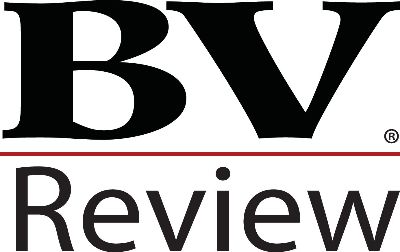The Default Spread Model: A Practical Method for Measuring Conditional Equity Risk Premium
Until the financial crisis of 2008, most valuation practitioners tended to use a static equity risk premium usually based on historical data. The crisis of 2008 brought with it a “flight to safety” phenomenon, which resulted in record low risk-free rates. Consequently, valuation practitioners faced the odd situation of a declining cost of equity in the context of a significantly higher risk economic environment. To resolve this dilemma, practitioners have started to accept the notion that the equity risk premium (ERP) changes over time. This notion is well supported by academic research, which shows a strong relationship between the ERP and economic cycles. However, as valuators, we still lack consistency in the measurement of a conditional ERP. As a group, we are in need of a practical, reliable, and objective method that would enable us to measure changes in ERP in a somewhat consistent manner. This article attempts to do so by presenting a method to measure the conditional ERP that is simple, objective, and, when tested historically, provides reasonable results. Our method is premised on the well-accepted theory that changes in default spreads correspond to changes in ERP.

Our ERP Model vs. Bloomberg ERP

Changes in GDP vs. ERP

Changes in S&P 500 vs. Changes in ERP
Contributor Notes
Joseph Lindsey is CFA registered and a manager at PricewaterhouseCoopers LLP, 18 York Street, Toronto, Ontario M5J 0B2.

